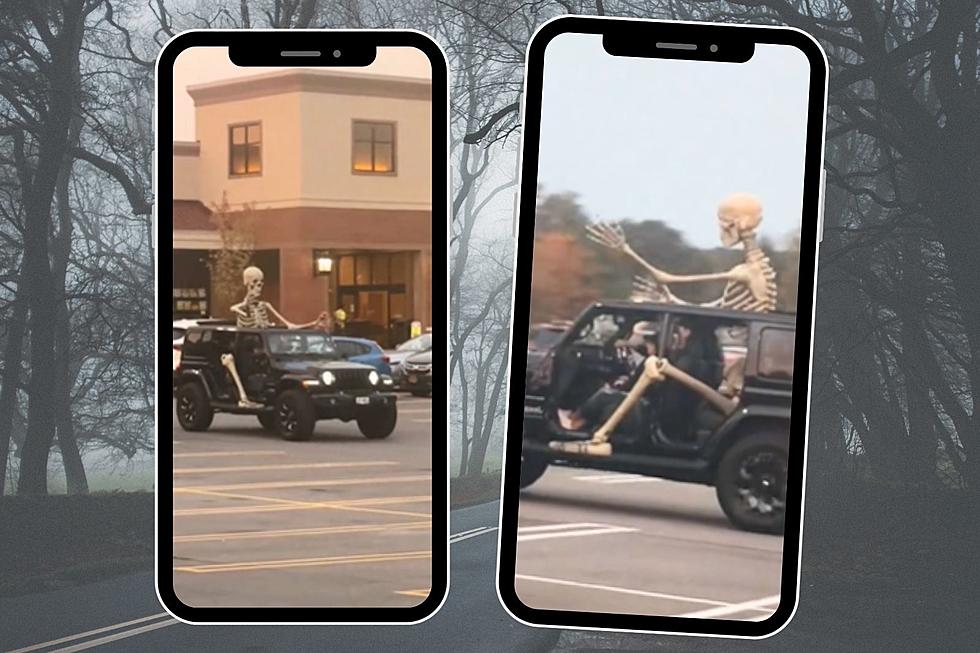
Hot Ink: Ultimatum, Ignition City, The Stuff of Legend
 I GUESS SUPERHEROES DIE IN GROUPS MUCH LARGER THAN THREE - "Ultimatum" #5
I GUESS SUPERHEROES DIE IN GROUPS MUCH LARGER THAN THREE - "Ultimatum" #5
Back before the widespread use of the internet as a multimedia depository, people actually had to go to some effort to find video footage of horrific events. One place to look if you happened to be someone in search of such terrible things was the "Faces of Death" series. Released from the late '70s to the mid '90s, the films gained notoriety for being video collections of gruesome deaths, some fake, some real, with little to no story connecting them together. I'd heard of the films back in high school, but had zero curiosity about them. But having now finished "Ultimatum," I think I have a pretty good understanding of what they must have been like. Marvel's clumsy character kill-fest ends this week in an effort on par with a New York Mets season ending collapse: a disappointing mess that makes you wonder why you bothered following along in the first place.
I remember when I liked titles in the Ultimate line. When it started as a re-launch of the Marvel universe without the baggage of decades of continuity, it felt fresh, it gave the writers and artists involved the freedom to take a new path and many of them thrived as a result. But eventually what made the line special stopped being special. Mark Millar brought his gritty political storylines over into the normal Marvel Universe with "Civil War." The novelty of a different Spider-Man not burdened by the marriage and the responsibilities of age lost a little something when the regular Spider-Man had all those problems magically disappear. In less than a decade the Ultimate line was quickly being weighed down by continuity almost as much as Marvel's normal line.
And I'm left wondering exactly how the Ultimate series changed, practically overnight, from being the hip, new friend everyone wants to hang around with to being the elderly neighbor slowly wasting away of a fatal disease that everyone ignores until they're gone. Well, now it's at peace. And in its final issue it displays the literary complexity of the parts of the Bible that go "And so-and-so begat so-and-so, who begat so-and-so, who begat . . . etc.," except you can replace "begat" with "killed." The deaths come so quickly that there's no meaning to them, and so frequently that there's no surprise. It makes the requisite issue-long fight scenes that usually end a major comics event look deeply sophisticated by comparison. Each line is being given an issue or two of "Requiem" that may attempt to give the closure that's entirely missing here, but it'll be a challenge to salvage it. At least when the new Ultimate lines start in the fall, there's almost nowhere to go for them but up. MAKING THE RETRO-FUTURE OLD-NEW AGAIN - "Ignition City" #4
MAKING THE RETRO-FUTURE OLD-NEW AGAIN - "Ignition City" #4
It's okay to admit it, everyone. We're all getting a little tired of fiction set in an alternate past where the civilizations possess more advanced technology than they actually had. It all started with the wonderful collective love affair we had with steampunk, that beautiful combination of late 19th century Victorian society with 20th century-like steam powered gadgets. Pretty soon all kinds of permutations of that genre were on display, from DaVinci inspired clockpunk Renaissance inventors to pulp sci-fi inspired alternate 20th century technological whizzes.
And eventually it reached the point where the trope was so commonplace that every time we see some kind of scientific inventor hero with goggles, an apron, and a gun that looks like it's something you'd expect to stare down after a failed attempt to mug Nikola Tesla, we groan a little on the inside and roll our eyes. It's important that we be honest with ourselves and admit to all of this. Because once we acknowledge that there's a lot of this stuff out there and not all of it is good, it lets us focus on what actually is worth the time to read. And "Ignition City" is absolutely worth reading.
In fact now's a timely moment to dig into Warren Ellis and Gianluca Pagliarani's series, which follows a murder mystery in the last spaceport on a 1950s Earth filled with washed-up space-faring heroes. Ten days ago marked the 40th anniversary of humanity's first mission to land on the moon, and the observance of the date led to a public outcry in favor of returning to the moon, and then, this time, to keep going. It seems to be a cause near and dear to Ellis' heart. His stories have often focused on space travel, including "Orbiter," "Ocean," "Ministry of Space" and issues of "Planetary." But "Ignition City," more than any of his previous works, sounds a note of a constant despair at the loss of exploration and adventure that comes from the decision to never venture out further than the only planet we've ever known.
Now, please pardon me while I go a little highbrow for just a moment. On the occassion of the moon-landing anniversary, the New York Times ran an Op-Ed by noted words-only novel writer Tom Wolfe. Wolfe lamented the fact that "NASA had neglected to recruit a corps of philosophers" and for this reason space travel never got us past the moon. If we truly are on the verge of making a second push into space in the decades to come, then Warren Ellis is assuredly the foul-mouthed philosopher of interstellar travel that no one at NASA asked for. But it's this kind of spirit that's going to inspire new generations of explorers, just like the pulp sci-fi Ellis and Pagliarani are making elaborate call-backs to inspired the last group. If you care about space exploration, and if the fact that we're not doing it anymore makes you even a little sad somewhere deep in the core of who you are, go read this book right now.
 YOUR INNER CHILDREN WILL LOVE THIS. BUT FORGET THEM, READ IT FOR YOURSELF - "The Stuff of Legend" #1
YOUR INNER CHILDREN WILL LOVE THIS. BUT FORGET THEM, READ IT FOR YOURSELF - "The Stuff of Legend" #1
When I was a child I would sometimes be afraid that, late at night as I went to sleep, strange creatures would jump out from the shadows to attack me. Well, if you're a parent whose child has similar fears here's the book to give them. "Don't worry, little one," you can tell them, "When they come to get you, your teddy bear will turn into a real bear and viciously tear them limb from limb, blood dripping from his mighty claws and intestines ripped apart in his powerful, crushing teeth. Now snuggle up with Mr. Buttons and sweet dreams."
Admittedly that advice should be taken with a grain of salt, as if I ever do have children I plan to instill complex psychological problems in them, personally crafting their greatest weaknesses as a control mechanism to make sure they never get the upper hand over me. Of course, "The Stuff of Legend" is also a beautifully drawn and wonderfully crafted tale, perhaps the most pleasant surprise in comics I've come across so far this year. So that's a good reason to expose them to it, too, I guess. But unless you want to go through the rest of their childhood constantly watching your back, waiting for them to pick the most opportune moment to turn on you, I suggest doing things my way.
Now, if you're too young to have children or simply don't have kids and therefore have lots of glorious leisure time with which to read comic books, I still heavily recommend this one. Chances are you were a young child at one point in time and had your own beloved toys. If so, you're going to find something to like in Mike Raicht, Brian Smith and Charles Paul Wilson III's book. The diverse, including, to name but a few, a toy soldier, a wooden duck, a jack-in-the-box, and the aforementioned teddy bear, each immediately feels like a distinct and surprisingly deep character. And Wilson's two approaches to the artwork, one for the real world and one for "The Dark" of the Boogeyman, where the toys must go to rescue the boy who owns them, work well individually and also complement each other effectively. The 50 page issue is well-worth the five dollar price tag and I'm already looking forward to the next one.
More From ComicsAlliance









